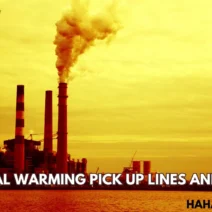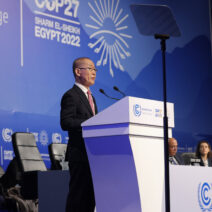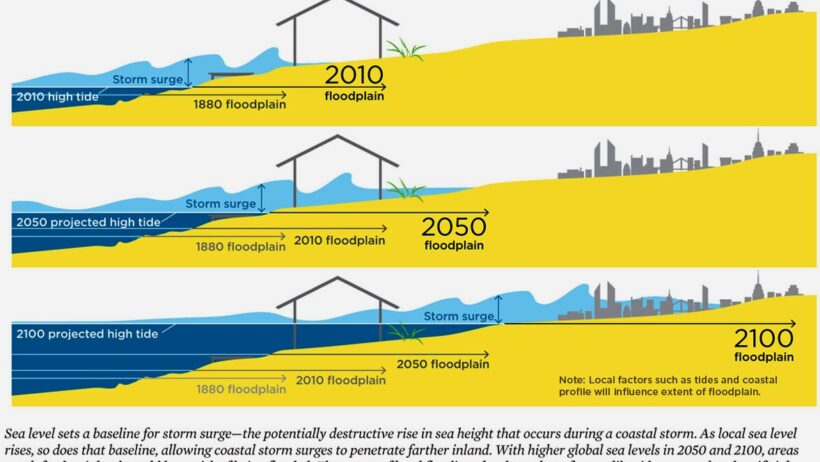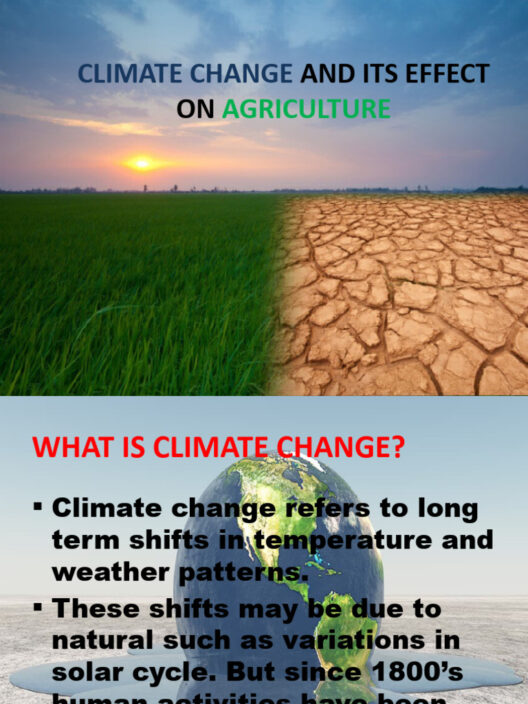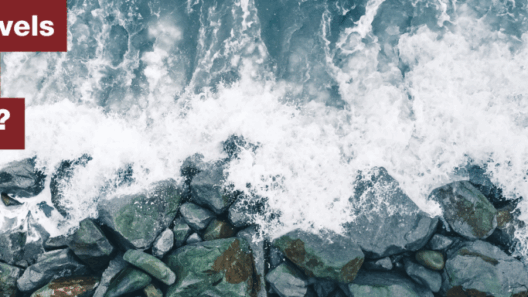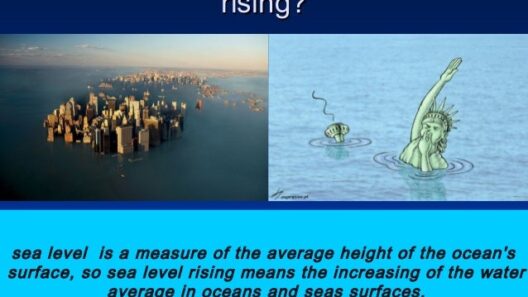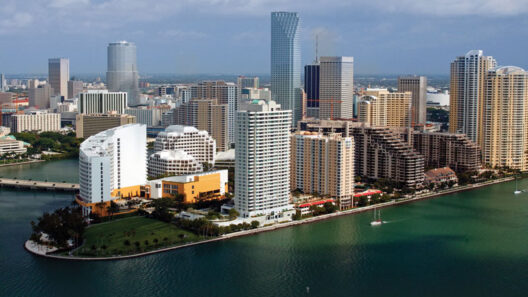As the world grapples with the inexorable realities of climate change, one of the most palpable threats emerges from the swelling seas — a phenomenon that is set to redefine Florida’s idyllic coastlines. The Sunshine State, renowned for its beaches and vibrant ecosystems, stands at the precipice of a monumental shift. Understanding the implications of rising sea levels becomes not just a matter of environmental concern but a call to action for residents and policymakers alike.
In this exploration, we dive into the multifaceted impacts of ocean-level increase on Florida. From the encroachment of the Atlantic and Gulf of Mexico onto coastal properties to the degradation of natural habitats, the stakes have never been higher. As we embark on this journey, we will unravel the complexities of flooding, infrastructure, economy, and ecosystems.
So, how will rising sea levels affect Florida? Let’s plunge into the details.
Challenges from the Tide: Coastal Erosion and Flooding
Coastal erosion presents one of the most immediate threats associated with rising sea levels. As ocean waters encroach on sandy shores, the delicate balance between land and sea becomes increasingly precarious. Florida’s coastline is particularly susceptible, with many of its beaches undergoing accelerated erosion. This process is further exacerbated during storm surges, when heavy storms coincide with high tides, dramatically increasing the volume of water impacting the land.
Moreover, chronic flooding becomes a persistent issue, not just during extreme weather events but also as a result of daily high tides. Low-lying areas along the coast — think Miami, Fort Lauderdale, and the Florida Keys — may experience “sunny day flooding,” where streets inundated with seawater become an unsettling reality. These phenomena raise pressing questions regarding infrastructure resilience and long-term viability.
Moreover, the frequency and severity of flooding will strain municipal resources. Cities must reevaluate their drainage systems and invest in costly upgrades to mitigate these risks. This burden creates an intricate web of challenges, as local governments grapple with the financial implications of maintaining public safety while addressing the realities of climate change.
The Economic Ripple Effect: Impact on Property and Tourism
Florida’s economy, heavily reliant on tourism and real estate, finds itself at a crucial crossroads. The real estate market in coastal regions may face eroding property values as prospective buyers become more aware of the risks posed by rising sea levels. Areas once considered prime locations might become identified as high-risk zones, leading to decreased demand and plummeting property prices.
The ripple effect doesn’t stop with housing markets. Florida’s tourism industry, a significant economic driver, could also falter as natural attractions like beaches and ecosystems degrade. National and international tourists flock to the Sunshine State for its coastlines, vibrant marine life, and unique landscapes. However, as these natural wonders face the consequences of rising waters, the allure diminishes. Beaches may shrink, compelling tourists to seek alternative destinations, thereby affecting local businesses dependent on tourist spending.
Furthermore, as insurance companies adjust their policies in response to increased risk, homeowners and businesses may find themselves paying higher premiums or struggling to obtain coverage altogether. This financial insecurity could exacerbate inequalities among residents, particularly affecting lower-income individuals and families who may not have the resources to adapt to these challenges. As the state grapples with an evolving economic landscape, innovative solutions must surface to mitigate these impacts.
Ecological Footprints: Vanishing Habitats and Species
The consequences of rising sea levels extend beyond human borders, penetrating deep into Florida’s diverse ecosystems. Coastal wetlands and estuaries, crucial to wildlife habitats and water filtration, face a grave threat as saltwater intrusion alters their ecological balance. As these vital ecosystems disappear, they leave behind a void that affects not only flora and fauna but also the overall health of our environment.
Additionally, species that thrive in coastal areas are under siege. Iconic species such as the Florida manatee and the loggerhead sea turtle may experience disruptions in their mating and nesting patterns due to habitat loss. Furthermore, the ongoing threat of invasive species could exacerbate the ecological crisis as they exploit the imbalances created by these changes.
Protective measures are essential. Restoration initiatives focusing on rebuilding coastal wetlands and reefs could provide a buffer against sea-level rise while promoting biodiversity. By fostering a collaborative environment between scientists, policymakers, and the community, we can work towards sustaining the rich tapestry of life that defines Florida.
A Call to Action: Preparing for an Uncertain Future
The narrative of rising sea levels in Florida is one fraught with challenges but also imbued with opportunities for collective action. Communities and individuals must mobilize to face impending changes. Advocating for sustainable urban development, improved land-use planning, and fostering awareness regarding the urgency of climate action is paramount.
Additionally, investing in renewable energy sources and enhancing the resilience of infrastructure will pave the way for a more sustainable future. As citizens of Florida, the responsibility lies within us to safeguard both our livelihoods and our cherished ecosystem.
In conclusion, as the tides rise, so too must our commitment to addressing these profound challenges. By understanding the implications of rising sea levels on Florida’s coastlines, we transform dread into determination. The time has come to harness our curiosity and innovate solutions that protect our state and its natural beauty for generations to come.

